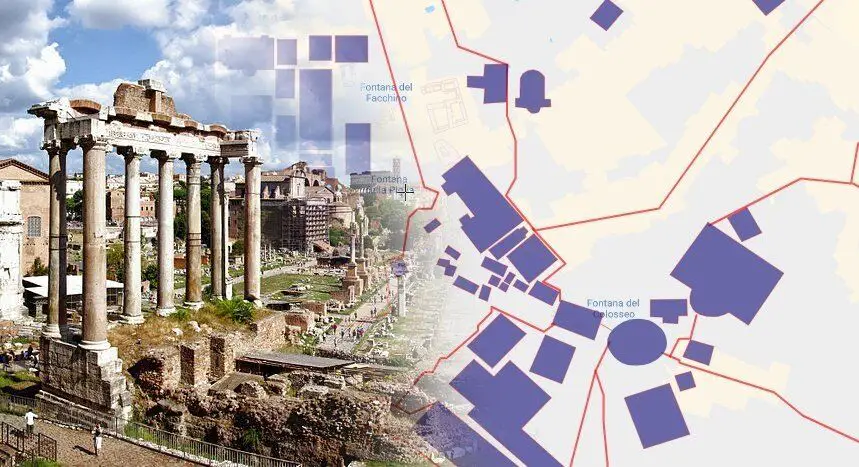While Roman mythology dates the founding of Rome at around 753 BC, the site has been inhabited for much longer, making it one of the oldest continuously occupied sites in Europe.
The city’s early population originated from a mix of Latins, Etruscans, and Sabines. Eventually, the city successively became the capital of the Roman Kingdom, the Roman Republic and the Roman Empire.
The Roman empire expanded to become one of the largest empires in the ancient world, though still ruled from the city, with an estimated 50 to 90 million inhabitants (roughly 20% of the world’s population) and covering 5.0 million square kilometres at its height in AD 117.Through conquest and assimilation, it eventually dominated the Mediterranean region, Western Europe, Asia Minor, North Africa, and parts of Northern and Eastern Europe.
You can select full-screen mode on desktop by clicking on the “X” symbol beneath the map. For full screen on tablet or mobile, Click Here
Header Image – CC 2.0 License (Adapted) – Credit : Bert Kaufmann

